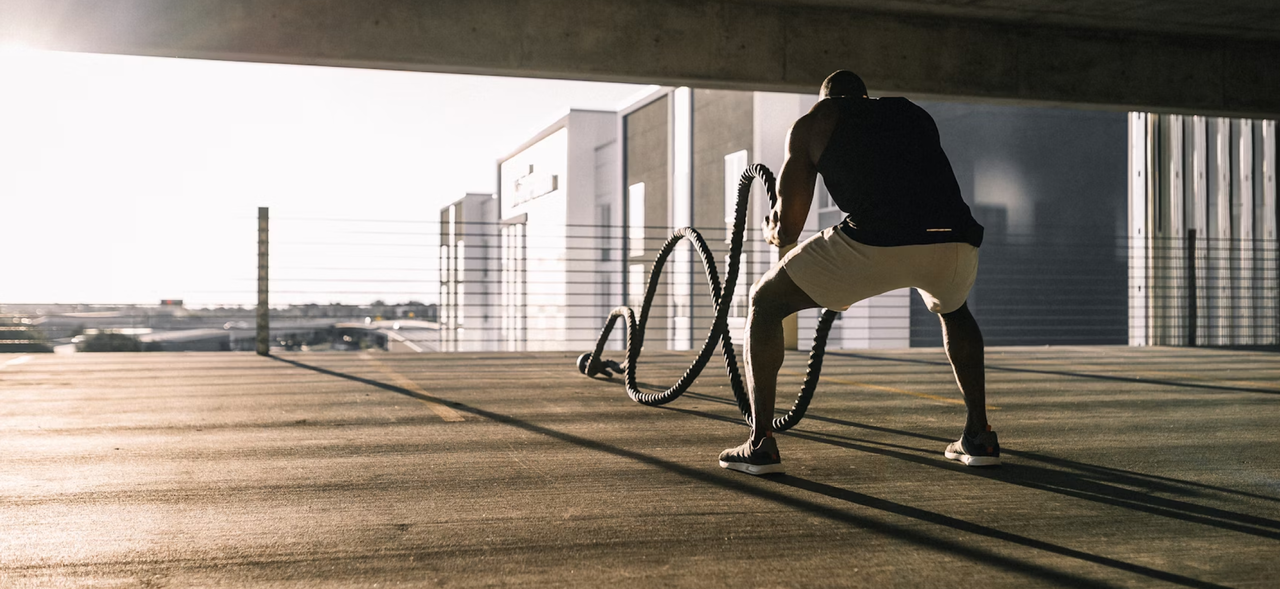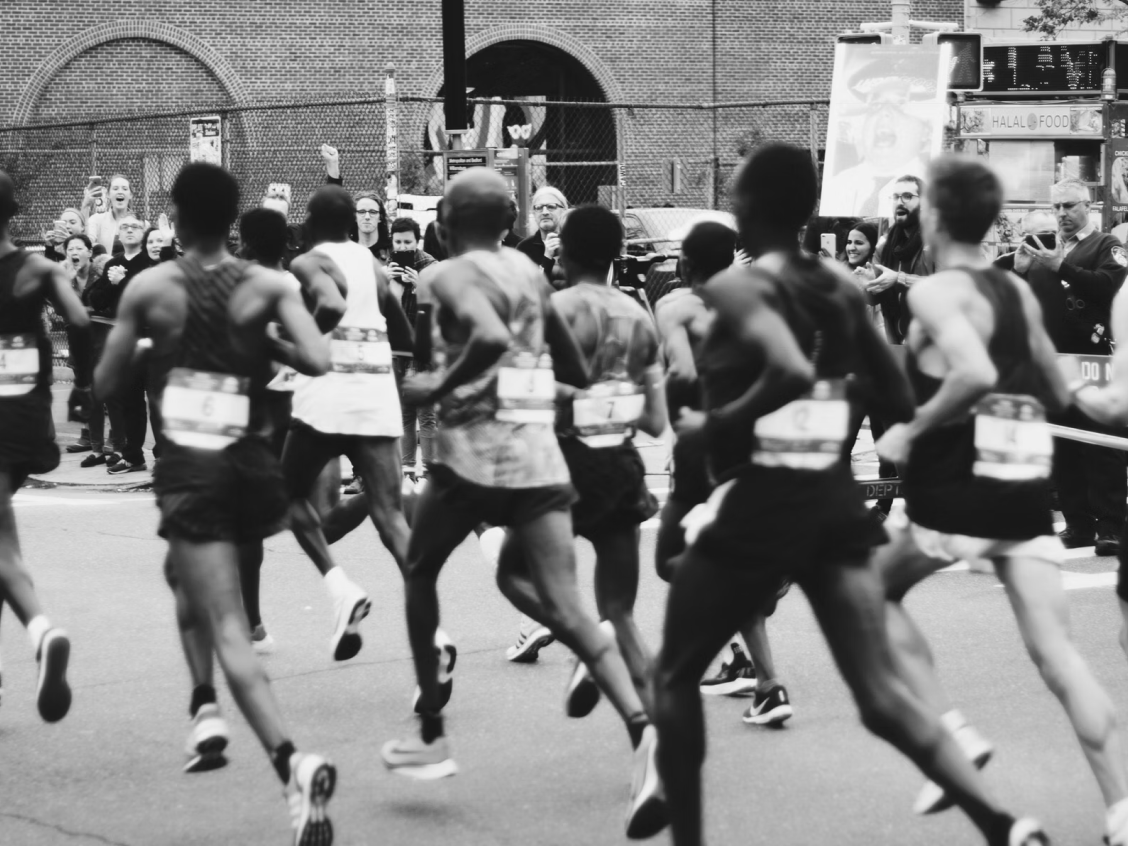Hibrid guide
10 steps Guide to Fitness and Nutrition: Crafting Your Best Self
In today's fast-paced world, maintaining a balance between fitness and nutrition can seem like a daunting task. However essential for achieving optimal health.
8 min. read

Written by
Author Name
Published
Thu, 28 Jul 2026
Introduction
First, let’s demystify the Ironman. It’s more than just an athletic contest; it's a test of mental fortitude, physical strength, and strategic planning. Knowing each segment's demands is essential to tailor your training effectively.

Image description
The last 2-3 months before the race are the peak phase. This is when you should be doing your longest and hardest workouts, simulating race conditions as much as possible. Engage in long-distance rehearsals of each sport and combine all three sports at least once to practice race-day nutrition, pacing, and transitions.
Training for an Ironman is an extraordinary journey that tests the limits of what you can achieve. With the right preparation, it can also be rewarding.
Author Name — Role
1. Base Training
The journey begins with base training, which should start at least 12 months before the event. This phase focuses on building a solid aerobic foundation with low-intensity, high-volume workouts. Aim for:
-
Swimming: Start with 2-3 sessions per week, gradually increasing the distance.
-
Cycling: Incorporate long rides (3-5 hours) at a comfortable pace to build endurance.
-
Running: Begin with shorter runs, and slowly increase the distance to avoid injury.
3. Tapering
In the final 2-3 weeks, reduce the volume of your training to allow your body to recover and store energy for race day. Maintain intensity, decrease the duration of your workouts.

Author Name
@alicia_96
